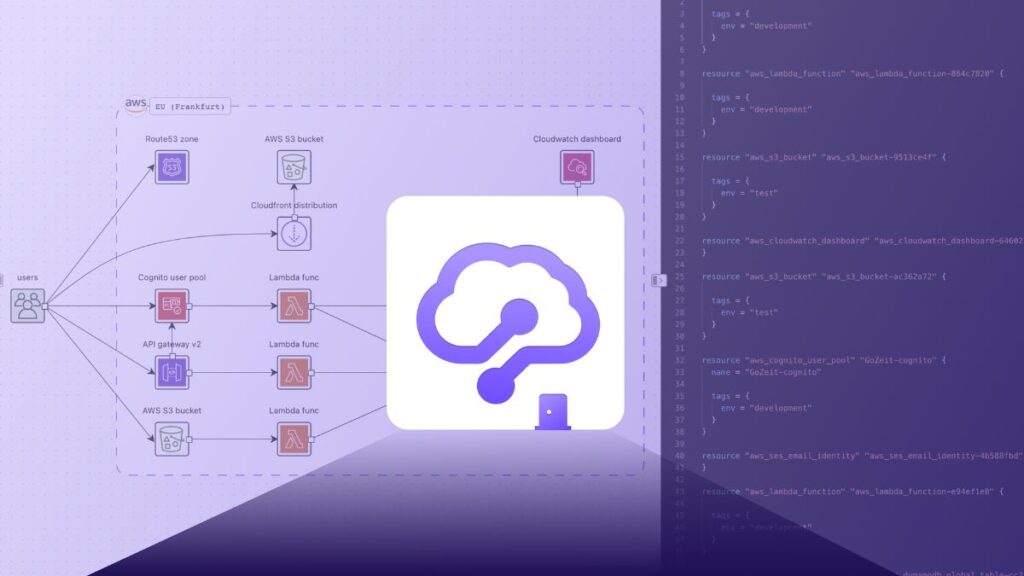Introduction: The Paradigm Shift in IT Infrastructure
The cloud has long promised agility, scalability, and cost-efficiency—but with the advent of serverless computing, we’re stepping into a new era of true abstraction and operational freedom. Businesses are no longer just migrating workloads to the cloud; they’re adopting paradigms where infrastructure becomes invisible. This evolution is at the heart of the serverless revolution. Powered by platforms like microsoft azure cloud service, organizations now operate in a no-infrastructure world, where they can focus entirely on code, logic, and value creation without managing underlying hardware, scaling mechanisms, or runtime environments.
Understanding the Serverless Model
Serverless doesn’t mean servers don’t exist—it means developers and IT teams no longer have to manage them. Serverless computing allows you to run code in response to events, automatically managing the underlying compute resources. Azure Functions, Azure Logic Apps, and Azure Event Grid are core components of Microsoft’s serverless offerings, allowing apps to scale elastically and cost only what they consume.
In the traditional IaaS or even PaaS models, businesses must manage aspects such as OS updates, provisioning, scaling, and fault tolerance. Serverless abstracts all that. And when paired with Microsoft Azure Managed Services, the combination becomes a game-changer—offering operational efficiency, cost predictability, and architectural flexibility at scale.
The Role of Microsoft Azure Managed Services in a Serverless World
As organizations embrace serverless architecture, they increasingly rely on Microsoft Azure Managed Services to handle critical functions beyond code execution:
1. Lifecycle Management and Monitoring
Even in a serverless environment, application lifecycle management is vital. Azure Managed Services ensure end-to-end visibility across your serverless apps through tools like Azure Monitor, Application Insights, and Log Analytics. They help detect anomalies, monitor SLAs, and ensure compliance—all without in-house intervention.
2. Security and Compliance Automation
Security is a shared responsibility, and in serverless, it becomes more distributed. Azure Managed Services proactively manage policies, detect threats, and enforce compliance using Microsoft Defender for Cloud, Azure Policy, and Sentinel. They offer round-the-clock threat protection for ephemeral workloads that spin up and down with events.
3. Infrastructure-as-Code and CI/CD Integration
Microsoft Azure Managed Services streamline DevOps in serverless environments by automating deployment using Azure DevOps, GitHub Actions, and ARM templates. They integrate seamlessly with CI/CD pipelines, ensuring that infrastructure and code deployments remain consistent, version-controlled, and rollback-ready.
4. Cost Optimization and Resource Governance
The serverless model is inherently cost-effective, but without proper governance, expenses can spiral. Azure’s Cost Management tools, underpinned by managed services, monitor usage patterns and optimize function execution costs, ensuring that serverless does not become “costless control.”
5. Multi-Cloud and Hybrid Management
With Azure Arc and Kubernetes integration, managed services extend the serverless capability to hybrid and multi-cloud environments. This lets enterprises manage edge deployments, on-prem workloads, and third-party clouds as part of a unified serverless strategy.
Why Serverless + Managed Services is a Strategic Advantage
The fusion of serverless architecture with Microsoft Azure Managed Services offers key strategic advantages for businesses seeking innovation and efficiency.
1. Accelerated Time-to-Market
Developers spend less time managing infrastructure and more time coding. With Azure handling operations and services managing configurations, organizations ship features faster and iterate with agility.
2. Business Continuity and High Availability
Serverless automatically ensures fault tolerance and geographic distribution. With managed services layering additional backups, failover strategies, and service-level monitoring, businesses enjoy enterprise-grade resilience without overhead.
3. Innovation at Lower Operational Cost
Serverless computing charges per execution. Managed services eliminate the need for large DevOps or infrastructure teams. Together, they slash operational costs and free up budgets for innovation and R&D.
4. Event-Driven Business Models
Serverless is designed for real-time, event-driven applications—IoT telemetry, ecommerce events, payment processing, user interactions, etc. Azure Managed Services provide the orchestration, scaling, and security backbone that allows these use cases to thrive without latency or downtime.
Real-World Use Cases of Serverless Managed Services on Azure
1. Smart Retail Experiences
Retailers are using Azure Functions to trigger stock updates, send personalized offers, and analyze shopping behavior in real time. Azure Managed Services secure this data flow, monitor app performance, and ensure integration with CRM and ERP systems.
2. Predictive Healthcare Monitoring
Healthcare startups leverage serverless for real-time monitoring of patient vitals. Microsoft Azure Managed Services support data encryption, regulatory compliance (HIPAA), and uptime guarantees—allowing providers to focus on patient care, not infrastructure.
3. Scalable Fintech Applications
Fintech companies use serverless APIs for transactions, fraud detection, and onboarding. Azure’s managed services optimize latency, enable rapid deployment, and protect against security breaches—all within a regulated environment.
Challenges and How Azure Managed Services Solve Them
While serverless brings immense benefits, it introduces new challenges. Here’s how Microsoft Azure Managed Services mitigate them:
| Challenge | Azure Managed Services Solution |
| Cold start latency | Performance tuning and pre-warmed instances |
| Vendor lock-in | Azure Arc and Kubernetes-based abstraction |
| Observability and debugging | Application Insights, Log Analytics, and tracing |
| Security gaps | Microsoft Defender for Cloud, secure API gateways |
| Complexity in CI/CD | Azure DevOps integration, GitHub Actions |
Future Trends: Serverless + Managed AI
As AI and machine learning workloads become more mainstream, serverless execution of ML models is gaining traction. Azure Managed Services will soon play a crucial role in orchestrating serverless inferencing pipelines, automating AI model deployments, and managing lifecycle, retraining, and security of intelligent applications.
Additionally, serverless computing is poised to extend its reach to quantum computing, blockchain orchestration, and edge AI—all of which will require robust managed services to ensure enterprise reliability and governance.
Conclusion: The New Normal of Infrastructure
The serverless revolution is redefining how businesses operate in the digital age. It’s not just about running code without servers—it’s about rethinking IT strategy, delivery, and operations. And in this new no-infrastructure world, Microsoft Azure Managed Services serve as the strategic partner that enables this transformation with intelligence, security, scalability, and confidence.
For organizations looking to innovate rapidly, scale seamlessly, and build resilient applications without the traditional operational burden, combining serverless computing with Azure Managed Services is no longer an option—it’s a competitive necessity.






